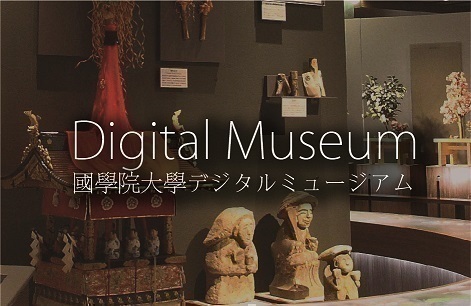- トップ
- Encyclopedia of Shinto
- Nihon Jingū Honchō
Encyclopedia of Shinto
| Main Menu: | |
| Links: |
詳細表示 (Complete Article)
| カテゴリー1: | 8. Schools, Groups, and Personalities |
|---|---|
| カテゴリー2: | Modern Sectarian Groups |
| Title | Nihon Jingū Honchō |
| Text | A religious movement with characteristics of sectarian Shinto (kyōha Shintō) and founded by Nakajima Shūkō (1902-88). Deeply interested in the study of the traditional calendar (rekigaku), Yin-Yang, and the theory of five phases of matter (gogyō), Nakajima had independently studied these subjects, but he later became a religious teacher in Shinrikyō, and in 1935 established a proselytization center affiliated with that religion in the Kasai district of Hokkaido. In 1940 he registered his center as a "religious association" (shūkyō kessha) under the prewar Religious Organizations Law (Shūkyō Dantaihō). Thereafter Nakajima received a license as a priest (shinshoku) of Shinto, and from 1941 on he had charge of managing multiple shrines in the town of Memuro in the Kasai district. After the war his Shinrikyō-affiliated proselytization center grew into a larger body, but it seceded from Shinrikyō in 1950. It absorbed the shrines Nakajima had been managing and registered itself as Shinseiha Jinja Shintō (New System Sectarian Shrine Shinto). In 1953 it changed its name to Shinseiha Jinja Honchō and in 1961 to Nihon Jingū Honchō. After this it moved its headquarters to Obihiro City. In 1988 Nakajima Shūkō died and his son Nakajima Yasumitsu succeeded him as leader. The group's object of worship is known as Tenshō Kōtaijin ōkami, which it uses as a collective term for the kami Amanominakanushi no kami, Tenshō Kōtaijin and the Shichi fukujin (the seven deities of good fortune). The movement explains that one can work toward realizing good fortune through what it calls the "laws of divine principle" (shinri no hōsoku). Headquarters: Hokkaido Prefecture Nominal membership: approximately 84,000 (M) —Inoue Nobutaka |




